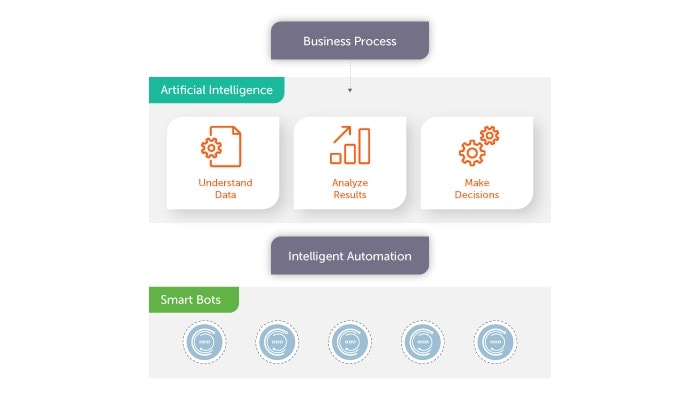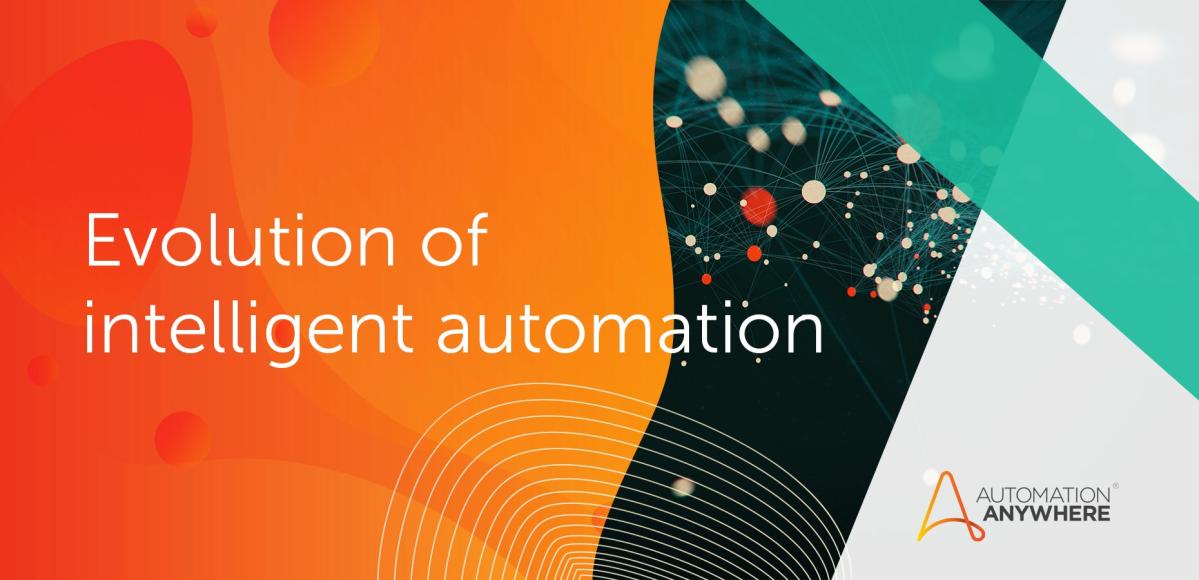- Login
- Search
- Contact Us
-
Have a question? Our team is here to help guide you on your automation journey.
-
Explore support plans designed to match your business requirements.
-
How can we help you?
-
- AI
AI Without the Hype From pilot to full deployment, our experts partner with you to ensure real, repeatable results. Get Started
- Automation Anywhere AI
-
- Solutions
Featured Agentic Solutions
Accounts Payable Invoice automation—No setup. No code. Just results. Accounts Payable
Customer Onboarding Scale KYC/AML workflows. Customer Onboarding
Customer Support Keep queues moving, even at peak load. Customer Support
Healthcare RCM Revenue cycle management that runs itself. Healthcare RCM
- Products
Platform Features
- Agentic process automation (APA)
- Robotic Process Automation (RPA)
- View all Products
-
- Resources
Get Community Edition: Start automating instantly with FREE access to full-featured automation with Cloud Community Edition.
Featured
 Named a 2025 Gartner® Magic Quadrant™ Leader for RPA.Recognized as a Leader for the Seventh Year in a Row Download report Download report
Named a 2025 Gartner® Magic Quadrant™ Leader for RPA.Recognized as a Leader for the Seventh Year in a Row Download report Download report- Become an Expert
- Developer Tools
- Get Support
- View all resources
-
- Partners
Find an Automation Anywhere Partner Explore our global network of trusted partners to support your Automation journey Find a Partner Find a Partner
- Find a Partner
- For Partners
-
Blog
How AI Is Changing the Landscape of Business Process Automation
The complexity of business processes today consumes the valuable time of most business professionals. With the help of Robotic Process Automation (RPA), organizations are automating manual business processes at a record pace to ensure that professionals are spending more time doing value-added tasks and less time on repetitive work. But for RPA bots to truly augment the human workforce, they need to think, read, and act like humans—basically mimicking human behavior. This is where artificial intelligence (AI) comes into play.
Role of AI in process automation
AI technologies are already prevalent in our day-to-day lives—digital assistants such as Alexa or home security systems like Nest are just a few examples. And now, AI is finding ways to unlock more value in business process automation and business process management.
Here are some examples of how AI is transforming business process automation:
- A widespread application of AI is reading and processing data—similar to what humans can do. This data is typically found in business documents, emails, images, voice, and text and has traditionally been left to humans to manually sift through and process. AI can handle intelligent document processing without human intervention.
- Another area where AI plays an active role is in helping humans analyze data and provide valuable insights. AI real-time analytics can provide predictive and prescriptive data points to find failures in a process and “self-heal” them before it’s too late.
- AI models can also be trained to work with bots and help mimic human-like decision-making.
AI helps RPA bots get smarter
Combining AI with RPA enables bots to get smarter and allows more business processes to be automated. RPA bots started out as process-based automation tools, taking actions by following fixed rules and capable of only addressing standardized formats. By infusing AI into the bots, they are able to do much more—handling many of the tasks that humans do today.
AI learns from human behavior and uses that learning to get better over time. A game of computer chess is a good example where the machine learns from the thousands of collective moves and gets better with time, beating humans at their own game.
Bots can do the same thing. AI-powered RPA bots can read and process structured and unstructured data from complex documents or images. Using AI technologies such as natural language processing (NLP), bots can understand the sentiments and context of human language. By learning from corrections made by a human, bots can improve over time, increasing the productivity of the overall process.
AI bots are also moving into the realm of mimicking human decision-making and predicting outcomes, with the potential to predict fraud, detect anomalies, and analyze risk. As the amount of AI technologies powering the bots increases over time, they are delivering unprecedented value to their users and the business.
Real-world process automations
Some of the most common AI applications that can bring about powerful outcomes are in the field of NLP and machine learning (ML). Consider these:
Feedback triage. Customer requests and feedback come in through a variety of channels in today’s digital world. One of the most common channels is email. A prominent and reputed hotel chain was receiving these requests by the number, unable to process them all with the resources and time they had at hand. Most of these requests were going unread and unanswered.
To solve this problem, they turned to AI-based automation. With the help of custom NLP models trained with a variety of their email samples, they were able to extract entities such as check-in date, duration of stay, guest names, type of room to put together a summary of the customer sentiment. This helped them not only process their email volume in an efficient way but also get a readout/summary on the content of the emails without having to go through each one. Automation saved them time and allowed employees to focus on the emails that were most important to the business.
Order management. A global shipping company used AI-based automation to directly impact their revenue. The volume of incoming customer queries was overwhelming. With their existing staff, they were only able to address about 30% of the inquiries in a timely manner.
By implementing a solution with AI-powered RPA, they were able to automate their query management process end to end. After pulling an incoming query from the inbox, custom NLP models would analyze the context of the customer query and extract data such as source, destination, weight, and material. With those basic parameters captured, the bot would automatically generate a response and email the customer a shipping label or a cost estimate, for example.
A key driver
Organizations around the world are beginning to adopt AI as a key driver of efficiency and productivity and realizing the benefits of intelligent automation. Business process automation infused with AI not only expands the opportunities for automation but allows organizations to make relevant business decisions with all the data points at hand.
Infusing AI in business automation workflows enables better processing of unstructured data, provides insightful analytics, and drives better automation outcomes, enabling employees in organizations to work smarter. AI enables traditional automations to become resilient, allowing bots to adapt to small changes in processes or components (such as UI and document formats) and continue to improve over time. Plus, AI can lead to much better ROI—redefining what you can accomplish with your automation initiatives.
Put AI to Work in Your Enterprise.
About Avi Bhagtani
Avi Bhagtani is senior director of product marketing, focused on artificial intelligence and cognitive automation. He has multiple years of industry experience managing global software product portfolios in software, the Internet of Things, AI, and cloud organizations.
Subscribe via Email View All Posts LinkedInGet to know the Agentic Process Automation System.

For Students & Developers
Start automating instantly with FREE access to full-featured automation with Cloud Community Edition.



